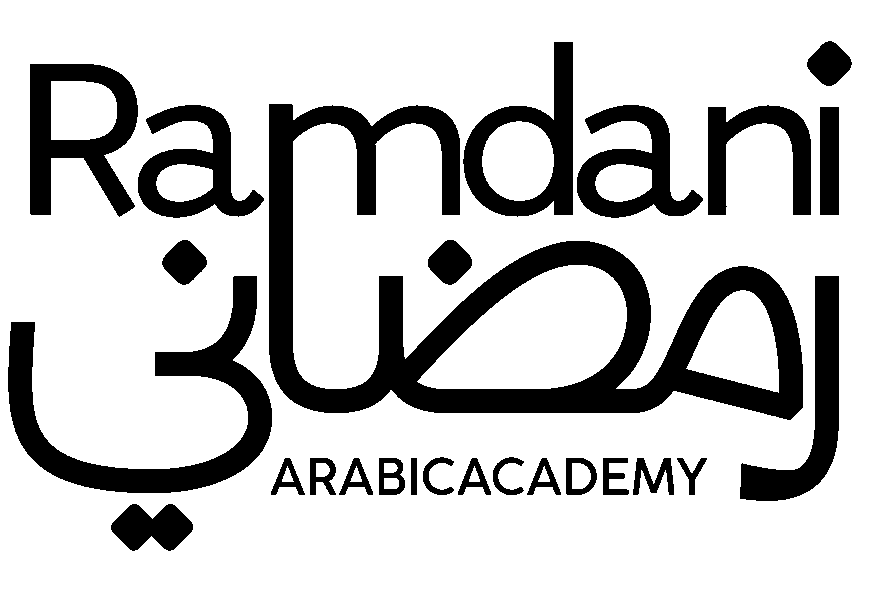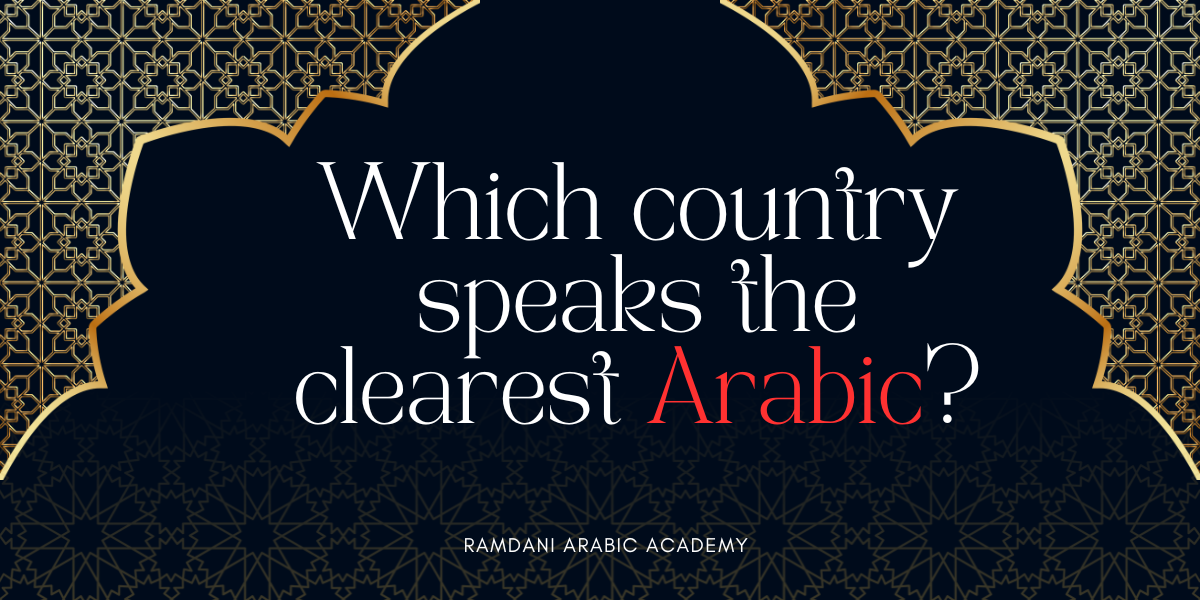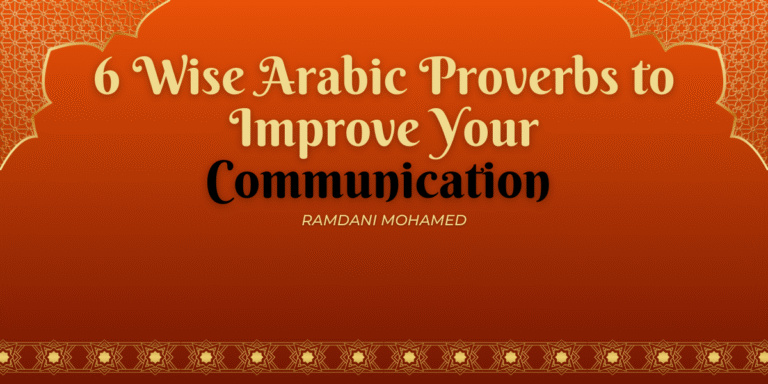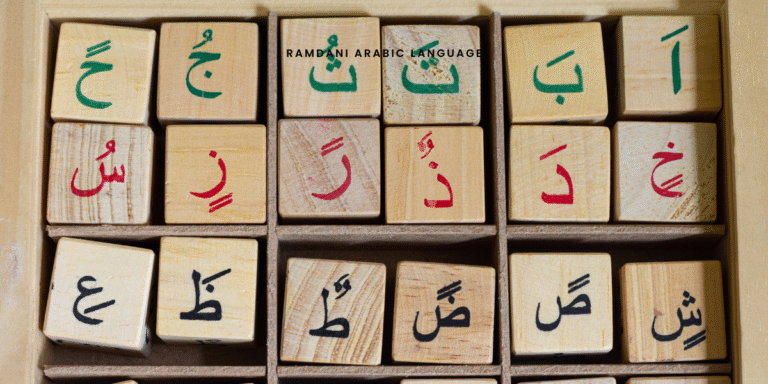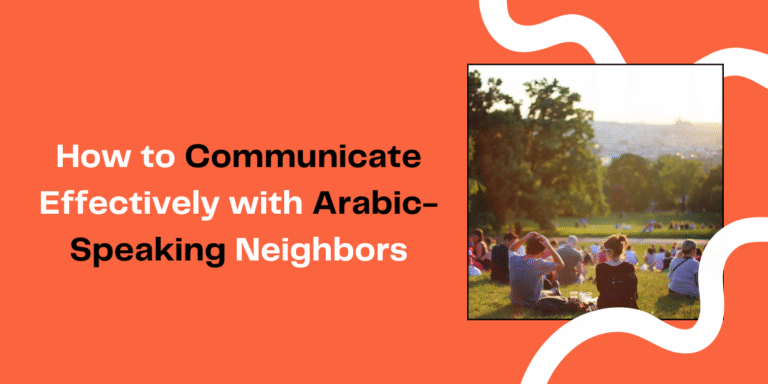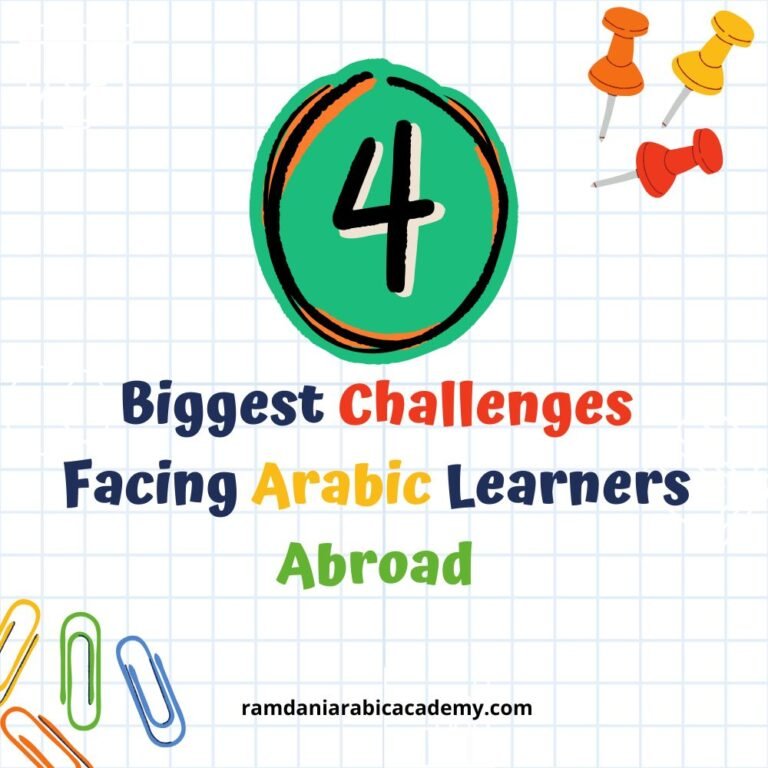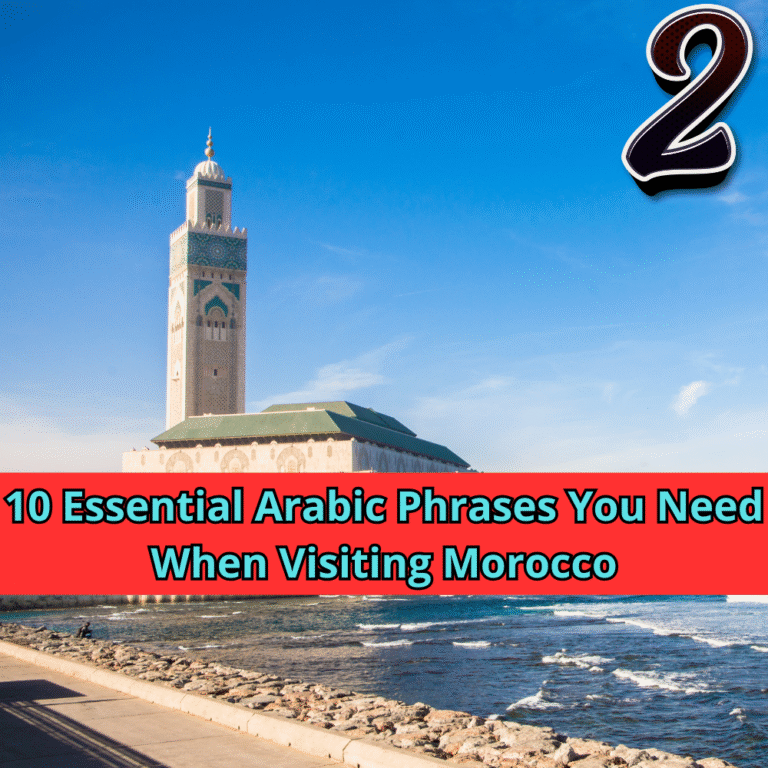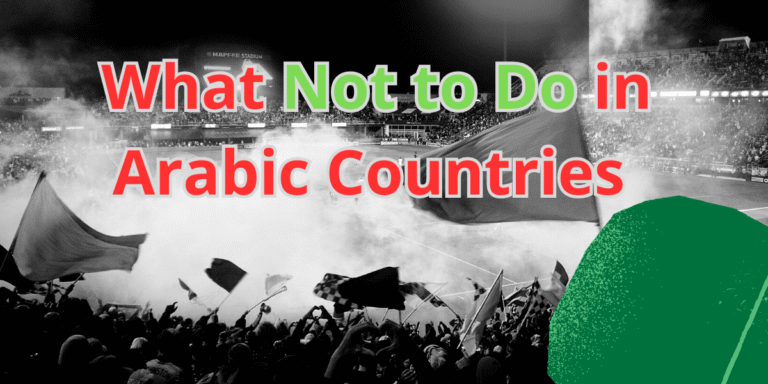Which country speaks the clearest Arabic ? Best Answer
Arabic is one of the most widely spoken languages in the world, with more than 300 million speakers across over 20 countries. It is a language of poetry, religion, literature, and science. For learners, it can feel beautiful but also challenging, especially when they discover that Arabic is not the same everywhere. Someone learning Arabic for the first time often asks one simple question: which country speaks the clearest Arabic?
This is a question that does not have a quick answer. Arabic is not one single accent or dialect. It is a collection of varieties that share the same roots but sound different depending on where you go. A traveler moving from Morocco to Egypt to the Gulf will hear very different words, pronunciations, and even grammar. What is considered clear in one place might sound unusual in another.
When we say “clear Arabic,” we usually mean Arabic that is closest to Modern Standard Arabic (MSA) or Classical Arabic. These forms of the language are based on the Arabic of the Quran and classical literature. MSA is the version used in news broadcasts, books, official speeches, and schools across the Arab world. But people do not speak MSA in daily life; they use their local dialects.
Some learners find it difficult to decide where to focus their studies. Should they learn Egyptian Arabic because of its popularity in films and media? Or Levantine Arabic because it is widely understood across Syria, Lebanon, Jordan, and Palestine? Or Gulf Arabic because it is close to the formal language? The choice depends on your goals, but understanding which dialects are clearer or closer to MSA can help you make an informed decision.
Linguists often consider the dialects of the Levant and the Arabian Peninsula to be among the clearest. This is because they keep many features of Classical Arabic, including pronunciation of certain letters like the qaf (ق) and the thaa (ث). For example, many speakers in the Gulf pronounce these letters in a way that is very close to the way they appear in the Quran. Learners often find these accents easier to understand when they also study MSA at the same time.
However, clarity is not only about pronunciation. It is also about the number of borrowed words, the speed of speech, and how close the grammar is to what students learn in textbooks. North African dialects, for example, are full of French, Spanish, and Berber influence. This makes them unique and rich, but sometimes difficult for beginners.
This article will explore the topic in depth. We will look at different regions, compare their dialects, and see which ones might be considered the clearest for learners. You will also get advice on how to practice listening and speaking so that you can understand Arabic from any country, not just one.

Part 1 – Regional Dialects and Their Clarity
Arabic changes as you cross borders. To understand which country speaks the clearest Arabic, you first need to look at the main regions. Each region has its own accent, vocabulary, and history.
1. The Levant
The Levant includes Syria, Lebanon, Jordan, and Palestine. Many Arabic learners consider Levantine Arabic to be clear and easy to understand.
- Pronunciation
Levantine speakers tend to pronounce most letters in a way that is close to MSA. They keep the letter thaa (ث) as “th” in most cases and pronounce qaf (ق) as a glottal stop in urban areas, which is slightly different from MSA but not confusing for learners. - Vocabulary
Levantine dialect uses fewer foreign loanwords compared to North Africa. This makes it easier for learners to connect what they hear to what they study in textbooks. - Media Influence
Many TV series, news programs, and songs come from the Levant. This helps learners hear a lot of Levantine Arabic outside the classroom. - Why Learners Like It
Students often say Levantine Arabic sounds soft and melodic. It is not as fast as Moroccan Arabic and not as different from MSA as some Gulf dialects can be.
2. The Arabian Peninsula and Gulf States
This region includes Saudi Arabia, Kuwait, Qatar, Bahrain, the UAE, and Oman. Many linguists say Gulf Arabic is closest to Classical Arabic.
- Pronunciation
In most Gulf countries, qaf (ق) is pronounced as “q,” just like in MSA. The letter dhaad (ض) and thaa (ث) are also preserved. This gives Gulf Arabic a formal, classical feel. - Grammar
The grammar of Gulf Arabic keeps many old structures from Classical Arabic. Verbs and plurals are often closer to what students learn in books. - Why It Matters
If your goal is to read the Quran fluently or work in fields where formal Arabic is needed, the Gulf dialect may be a good choice to listen to and practice. - Challenges
The vocabulary can be different from MSA, and the accent might feel heavy for some beginners. But once you get used to it, it gives you a strong foundation for understanding formal Arabic.
3. Egypt
Egyptian Arabic is the most widely understood dialect thanks to Egyptian cinema, television, and music.
- Pronunciation
Egyptian Arabic changes some sounds. The letter qaf (ق) is often pronounced as a glottal stop or as a hard “g.” For example, the word “qalb” (heart) becomes “’alb” or “galb.” - Vocabulary and Grammar
Egyptian Arabic has many unique words, but it shares much with MSA. Its grammar is a bit simpler than formal Arabic, which can be helpful for learners. - Why People Learn It
If you want to communicate with many Arabs across different countries, Egyptian Arabic is a good option because most people understand it. - Possible Difficulty
If your main goal is to learn Classical Arabic, Egyptian pronunciation might confuse you because it changes some key sounds.
4. North Africa (Maghreb)
This region includes Morocco, Algeria, Tunisia, and Libya. The dialects here are very different from MSA.
- Pronunciation
North African Arabic is fast and sometimes drops vowels. This makes it hard for beginners to catch words. - Vocabulary
It has many loanwords from French, Spanish, and Berber. For example, in Morocco, people say “tomobil” for car, which comes from French “automobile.” - Why It Can Be Hard
Even Arabs from the Middle East sometimes have trouble understanding Moroccan Arabic if they have never heard it before. - Why You Might Still Learn It
If you live or plan to work in North Africa, learning the local dialect is very useful. It will also give you access to rich cultural traditions, songs, and proverbs.
Summary of This Section
- Levantine Arabic is clear, easy to understand, and good for everyday conversation.
- Gulf Arabic is closest to Classical Arabic and useful if you want strong links to formal Arabic.
- Egyptian Arabic is the most widely understood thanks to media but changes some sounds.
North African Arabic is unique and fast, making it harder for learners but valuable in its own region.
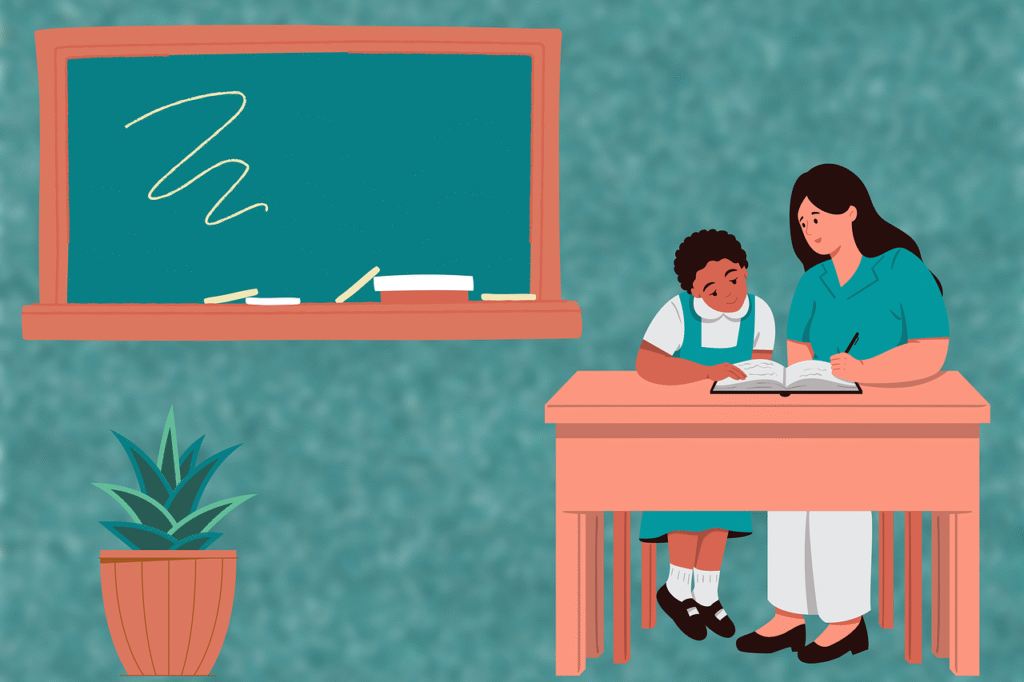
Part 2 – Neutral Arabic and Practical Examples
When learners ask which country speaks the clearest Arabic, they often mean “neutral Arabic.” Neutral Arabic is speech that sounds close to MSA and can be understood by most Arabic speakers.
What Makes a Dialect Neutral
A dialect is neutral if
- Its pronunciation is close to MSA
- Its vocabulary does not have too many foreign words
- Its grammar is easy to follow
- It can be understood by speakers from different regions
By these standards, Levantine and Gulf Arabic are often seen as the most neutral.
Levantine Arabic as a Neutral Option
Levantine Arabic is often the first recommendation for learners who want clear communication.
- It is widely understood across the Arab world.
- It keeps many sounds from Classical Arabic.
- It is slow and clear compared to other dialects.
Example:
- “How are you?” in MSA: kayfa haluk
- Levant: keefak (male) / keefik (female)
The sound is simple, and the word is very close to the original.
Gulf Arabic as a Neutral Option
Gulf Arabic is close to MSA, especially in pronunciation. It is a good choice if you want to move from speaking to reading and writing formal Arabic without confusion.
Example:
- “Book” in MSA: kitaab
- Gulf: kitaab (same pronunciation)
The word is almost identical, which helps students connect what they hear with what they read.
Comparing Dialects with Examples
Here is a small comparison of common words and how they change by region:
| Meaning | MSA | Levant | Gulf | Egypt | Morocco |
| How are you? | kayfa haluk | keefak / keefik | shlonak / shlonich | izzayak / izzayik | kidayr / labas |
| Water | maa’ | maa’ | maa’ | maya | lma |
| Heart | qalb | ’alb (urban) | qalb | ’alb / galb | qalb |
| Book | kitaab | kitaab | kitaab | kitaab | kteb |
| Yes | na’am | aywa / na’am | ee / na’am | aywa | iya / wakha |
This table shows why some dialects feel “clearer.” Gulf Arabic and Levantine Arabic stay close to MSA. Egyptian and Moroccan Arabic make more changes, which can confuse beginners.
Speed and Accent
Another factor is speed. Moroccan Arabic is known for being fast and dropping vowels. Egyptian Arabic is faster than Levantine Arabic but still manageable. Gulf and Levantine Arabic are slower, which helps learners catch each word.
Media Exposure
Levantine Arabic and Egyptian Arabic have strong media presence. TV dramas, music, and news channels help students hear the dialect often. Gulf Arabic is less common in movies, but learners can find Quran recitations and religious lectures that use similar pronunciation.
Which is Easiest for Beginners
For a new student, Levantine Arabic is often the easiest start because
- It is widely understood
- It sounds close to MSA
- It is slow and clear
- There are many learning resources
Gulf Arabic is the next good choice if your goal is to stay close to Classical Arabic.
Practical Advice for Learners
- Pick one dialect and stick with it for at least six months.
- Listen to native speakers every day — TV, YouTube, podcasts.
- Repeat what you hear to train your ear.
- Learn basic MSA alongside your chosen dialect to build a strong foundation.
- Practice speaking with native speakers to build confidence.
Part 3 – Choosing the Right Dialect and Learning Strategies
Knowing which country speaks the clearest Arabic is only part of the process. The next step is choosing the dialect that fits your personal goals.
Choose Based on Your Goals
Ask yourself why you are learning Arabic. Your goal should guide your decision.
- For Religious Study
If you want to read the Quran, study Hadith, or learn classical texts, you should focus on MSA and Gulf Arabic. They will help you hear and pronounce letters correctly. - For Work or Travel
If you plan to live or work in a specific country, learn that country’s dialect. You will need it for daily conversations like shopping, asking for directions, and making friends. - For Communication Across the Arab World
Levantine Arabic or Egyptian Arabic will help you speak with the largest number of people. They are understood in most countries. - For Academic or Professional Growth
If you need to write essays, give speeches, or work with formal documents, focus on MSA. Then pick a dialect later for social interaction.
Consider Your Resources
The best dialect for you also depends on the materials you have.
- Are there teachers available who speak that dialect?
- Can you find podcasts, TV shows, and books in that dialect?
- Do you have friends or conversation partners who can practice with you?
Levantine and Egyptian Arabic have the most resources online. Gulf Arabic is growing in availability but still less common.
Look at Your Environment
If you live in a country with a large Arabic-speaking community, choose the dialect they use. Real-life practice will speed up your progress.
Combine MSA and Dialect
Many learners focus only on MSA or only on a dialect. A better strategy is to combine both.
- Learn MSA for reading, writing, and formal speech.
- Learn a dialect for daily conversation and listening.
This will make you flexible. You will be able to understand news, books, and casual talk.
Build a Clear Learning Plan
Arabic takes time. Make a plan so you don’t get lost.
- Set Small Goals
Focus on one skill each month — listening, speaking, reading, writing. - Use Consistent Practice
Study for 20–30 minutes every day. Short, regular practice works better than long sessions once a week. - Listen to Native Speakers Daily
Even if you do not understand everything, listening will train your ear. - Practice Speaking Early
Do not wait until you are “ready.” Speak from the first week. Use simple sentences.
Common Challenges and How to Overcome Them
- Too Many Dialects
Learners often feel confused because there are many varieties of Arabic. Solve this by picking one dialect and ignoring the rest for now. - Pronunciation Problems
Some sounds like ع (‘ayn) and غ (ghayn) are hard at first. Practice with recordings and repeat slowly until your mouth learns the shape. - Fear of Making Mistakes
Many students hesitate to speak because they fear errors. Remember that mistakes are part of learning. Native speakers usually appreciate your effort. - Switching Between MSA and Dialect
At first it feels like learning two languages. Over time, your brain learns to separate them.
This section prepares readers to make a clear choice. The final part can give advice, encourage them, and introduce your academy as a helpful resource.
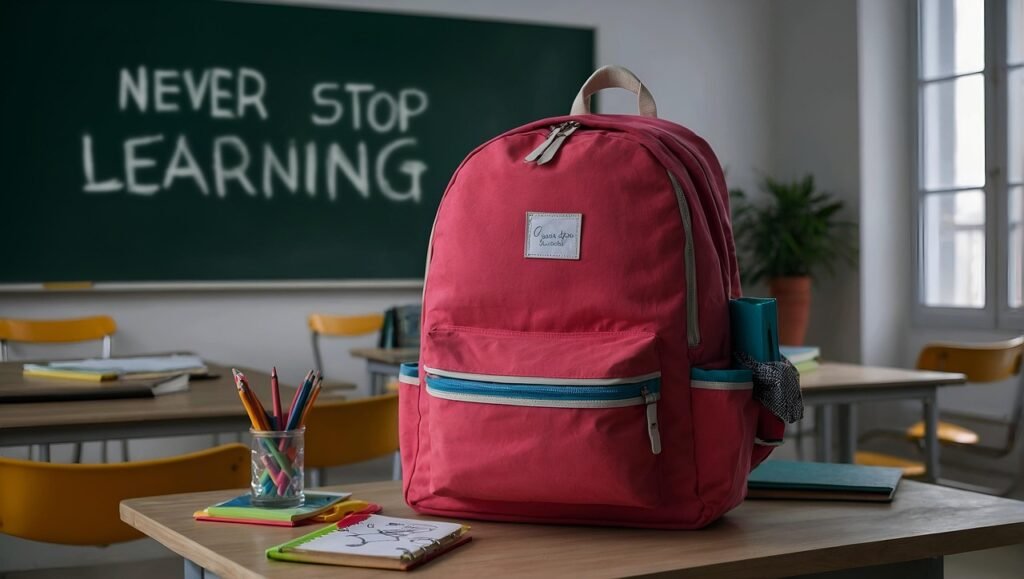
Moving Forward in Your Arabic Journey
Arabic is a rich and diverse language. There is no single country that speaks the “perfect” Arabic. Each region has its own version, and each version reflects the history, culture, and identity of its people.
If your goal is clarity and understanding, Levantine Arabic and Gulf Arabic are strong options. They stay close to MSA, are slow and clear, and are understood by many Arabic speakers. Egyptian Arabic is also a great choice if you want wide communication, though its pronunciation is slightly different.
What matters most is not just which dialect you choose but how you approach your learning.
Final Advice for Learners
- Choose one dialect and stay focused on it until you reach a strong beginner or intermediate level.
- Study MSA alongside your dialect if you want to read books, follow news, or understand religion.
- Build a routine. A little daily study is better than a big session once a week.
- Use real materials: movies, songs, conversations, podcasts. They will train your ear.
- Practice speaking early and often. Use simple words, even if your grammar is not perfect.
- Record your voice and compare it to native speakers to improve pronunciation.
Arabic is a language that rewards patience and consistency. You do not have to master every dialect. Once you learn one well, the others will become easier to understand.
Why Your Learning Matters
Arabic opens doors to millions of people and thousands of years of culture. It helps you connect with others, travel with confidence, and understand important texts. The effort you put into learning will pay off in both communication and personal growth.
About the Author and Ramdani Arabic Academy
My name is Ramdani Mohamed, and I am the founder of Ramdani Arabic Academy. I created this platform to help learners around the world study Arabic with clarity and purpose. At the academy, we offer lessons, courses, and articles designed to make Arabic learning simple and practical.
Our goal is to give you real tools — not just grammar rules — so you can speak, listen, and think in Arabic. Whether you are learning for travel, work, religion, or personal interest, we want to guide you step by step until you are confident.
If you are serious about mastering Arabic, take action today. Visit our academy, explore our free articles, and join one of our programs. The sooner you start, the sooner you will understand and speak Arabic naturally.
